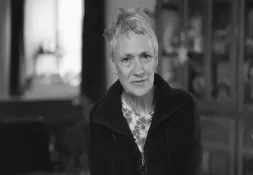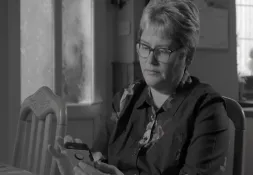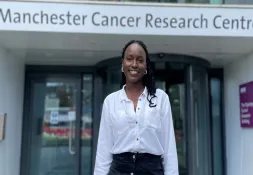The breasts
The breasts are made up of different types of cells that form:1
- Fat
- Lobules – these contain the glands that make milk
- Milk ducts – these carry the milk from the lobules to the nipple
- Connective tissue
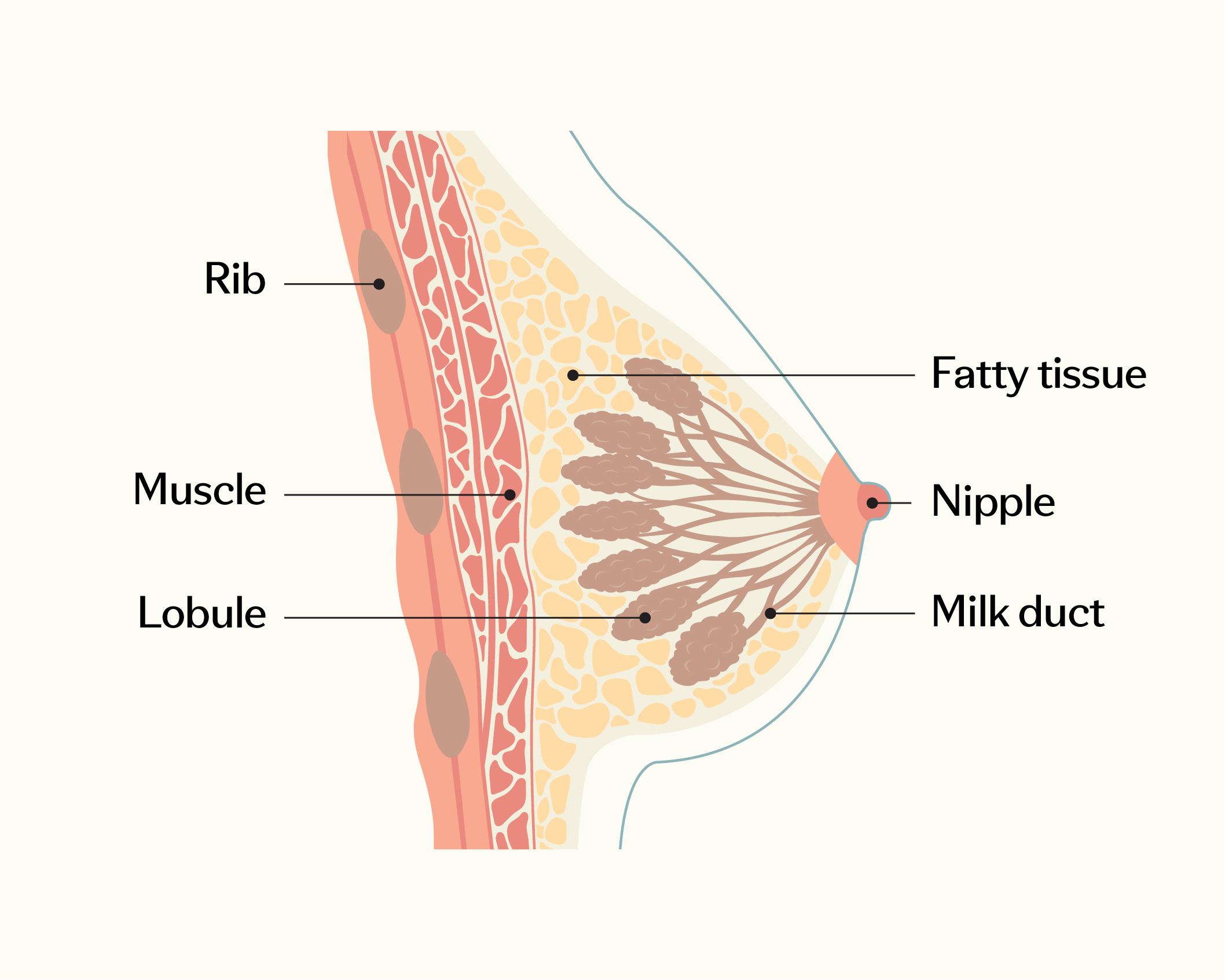
How breast cancer starts
Breast cancer is one of the most common cancers worldwide – about 55,000 women and 370 men are diagnosed with breast cancer in the UK each year.*1 It mostly occurs in women, but it can affect anyone. This includes men and people who identify as intersex, non-binary and trans.2
Breast cancer begins when cells begin to grow and divide rapidly, forming a cluster of cells called a tumour. It usually begins in the cells of the milk ducts or lobular tissue.1
The exact cause of breast cancer is often unknown. But factors such as age, genetics and lifestyle choices can increase someone’s risk of getting it.1
*Estimate based on number of people diagnosed with breast cancer in the UK each year between 2016 and 2018.
Types of breast cancer
Invasive breast cancer is the most common type of breast cancer. About 7 to 8 in 10 (70% to 80%) of people with breast cancer have invasive breast cancer of no special type. “No special type” means that the cancer cells have no specific features when examined under the microscope. It starts in the milk ducts and spreads into the surrounding breast tissue.3
Invasive lobular breast cancer is the second most common type of breast cancer. It affects between 1 and 2 in every 10 (10% to 20%) people with breast cancer. It starts in the glands that produce milk (lobules) and spreads into the breast tissue around the gland.3
Inflammatory breast cancer is a rare type of invasive breast cancer. It can cause the breast to look red, swollen (inflamed) and be warm to touch.3
Non-invasive breast cancer stays within the cell it started in (ducts or lobules) and doesn’t go into the surrounding breast tissue3
There are two main types of non-invasive breast cancer:3,4
- Ductal carcinoma in situ (DCIS) is ‘stage 0’, meaning that some of the cells in the breast have started to become cancerous. It is often the step before invasive cancer.
- Lobular carcinoma in situ (LCIS) is where the cells have started to look different to normal cells. People with LCIS have a higher risk of getting breast cancer, but not everyone with LCIS will get breast cancer.
Triple-negative breast cancer, also known as TNBC, is a fast-growing type of breast cancer. It is likely to have spread to other parts of the body by the time it is found.5
Treatment options for breast cancer
Here's a brief overview of the common treatments used for breast cancer:
- Surgery: This involves removing the cancerous tissue from the breast. Procedures may range from lumpectomy (removing the tumour and some tissue around it) to mastectomy (removal of one or both breasts)2
- Radiation therapy: This uses high-energy rays to target and kill cancer cells. It’s often used after surgery to get rid of any leftover cancerous cells2
- Chemotherapy: This works by destroying cancer cells throughout the body. Chemotherapy is used before surgery to shrink tumours or after surgery to lower the chance of the cancer coming back6
- Hormonal therapy: This treatment can be used for cancers that grow because of hormones. It either blocks the body's hormones or lowers the amount made, helping to slow down the growth of the cancer cells2
- Targeted therapy: This acts on specific features of the cancer that help it to grow and survive in the body7,8
- Immunotherapy: This works by boosting the body’s immune system to fight cancer. It tends to be used for TNBC8
Your healthcare team is there to support you and will work closely with you to determine the best treatment plan based on your unique situation. If you have any questions or concerns, don't hesitate to reach out to them for guidance and reassurance.
Remember, you’re not alone in this journey. Take things one day at a time and give yourself grace as you process and plan for what comes next.
Explore More on Breast Cancer

If you or someone you know has been diagnosed with cancer, support groups and charities are great places to find information and connect with people going through a similar experience.
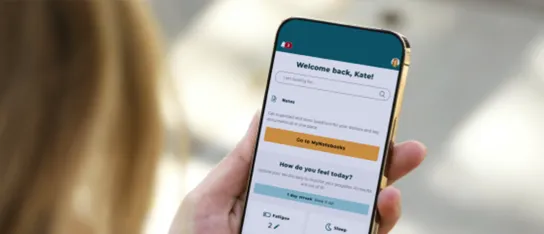
Life with cancer is different for everyone. So, if you need support, it should be personal to you. ByYourSide has been created by Pfizer to offer you practical support and guidance to help you manage life with cancer in a way that is best for you.
References
- Cancer Research UK. What is breast cancer? Available at: https://www.cancerresearchuk.org/about-cancer/breast-cancer/about [Accessed May 2025].
- Macmillan. Breast Cancer. Available at: https://www.macmillan.org.uk/cancer-information-and-support/breast-cancer [Accessed May 2025].
- Macmillan. Types of breast cancer. Available at: https://www.macmillan.org.uk/cancer-information-and-support/breast-cancer/types-of-breast-cancer [Accessed May 2025].
- Cancer Research UK. Ductal Carcinoma in situ (DCIS). Available at: https://www.cancerresearchuk.org/about-cancer/breast-cancer/types/ductal-carcinoma-in-situ-dcis [Accessed May 2025].
- Breast Cancer Research Foundation. Triple-Negative Breast Cancer: Symptoms, Treatment, Research. Available at: https://www.bcrf.org/blog/triple-negative-breast-cancer-treatment-symptoms-research/#:~:text=Triple%2Dnegative%20breast%20cancers%3A%20tend,with%20inherited%20mutations%20in%20the [Accessed May 2025].
- Macmillan. Chemotherapy for breast cancer. Available at: https://www.macmillan.org.uk/cancer-information-and-support/treatments-and-drugs/chemotherapy-for-breast-cancer [Accessed May 2025].
- Macmillan. Targeted therapies for breast cancer. Available at: https://www.macmillan.org.uk/cancer-information-and-support/treatments-and-drugs/targeted-therapies-for-breast-cancer [Accessed May 2025].
- Cancer Research UK. Targeted and immunotherapy drugs for breast cancer. Available at: https://www.cancerresearchuk.org/about-cancer/breast-cancer/treatment/targeted-immunotherapy-drugs [Accessed May 2025].





